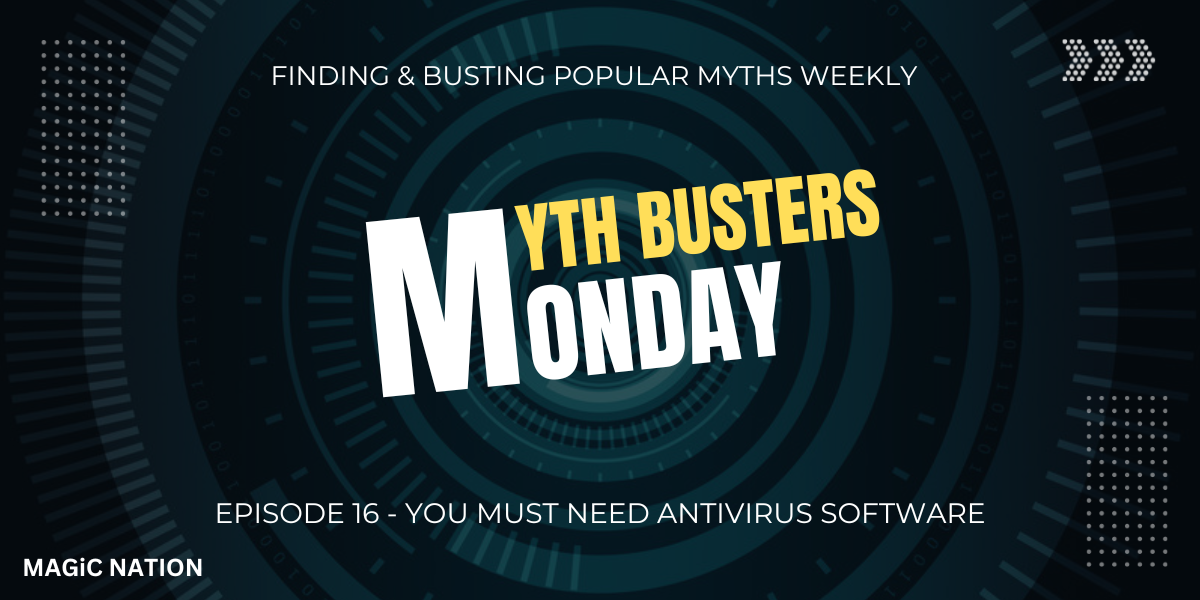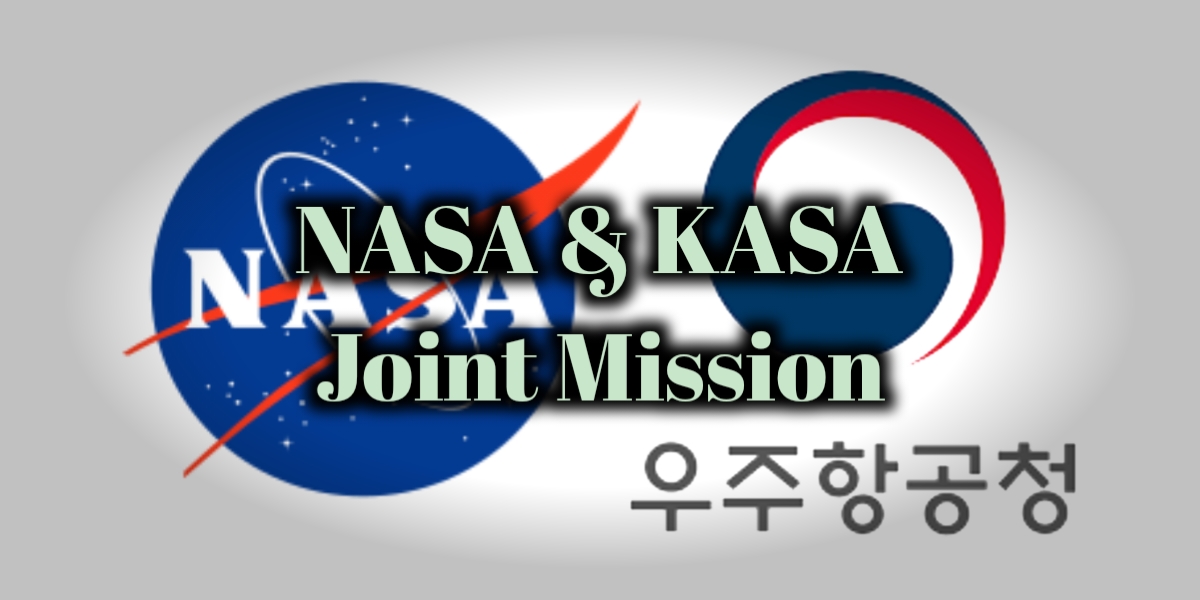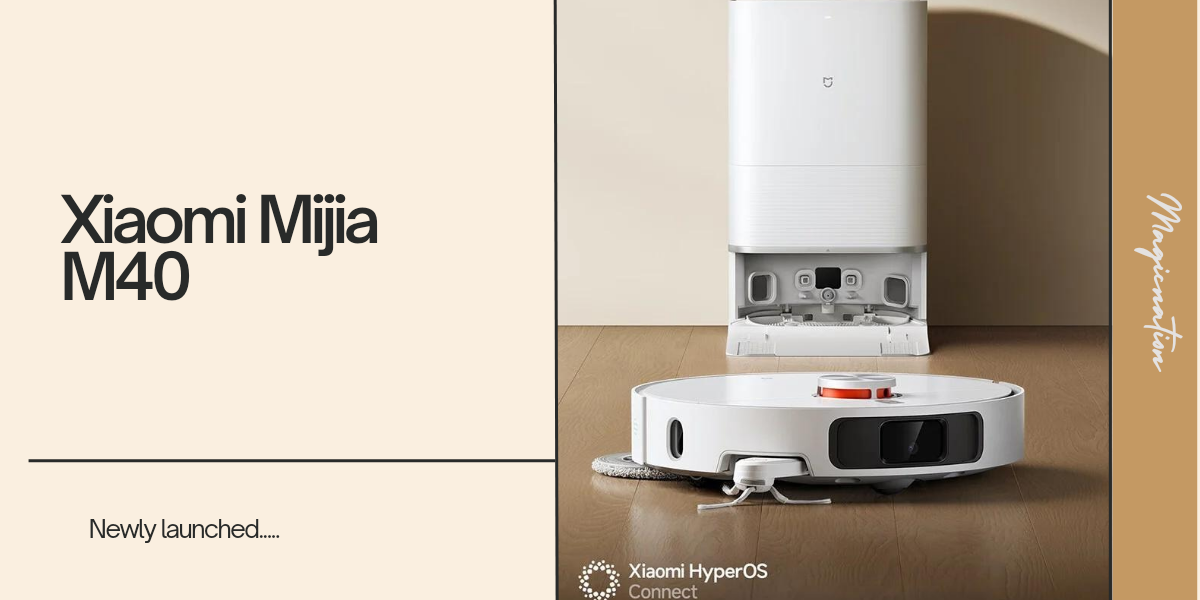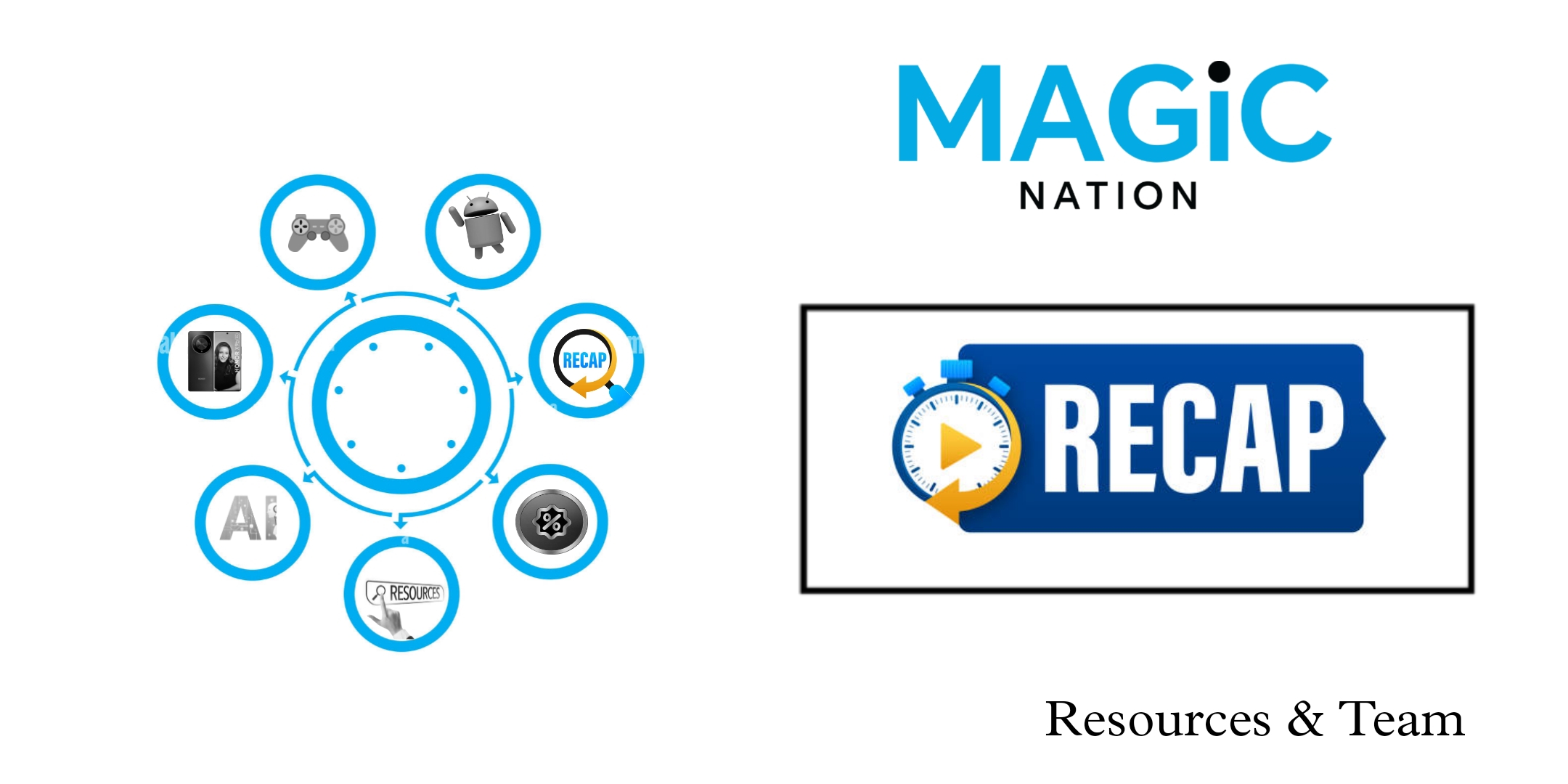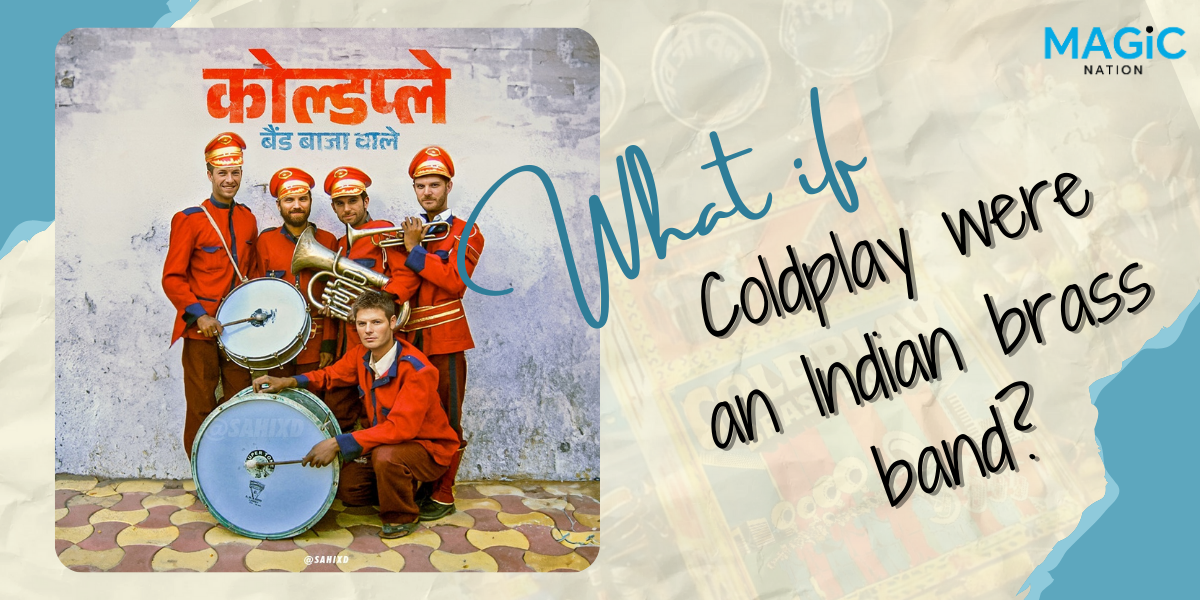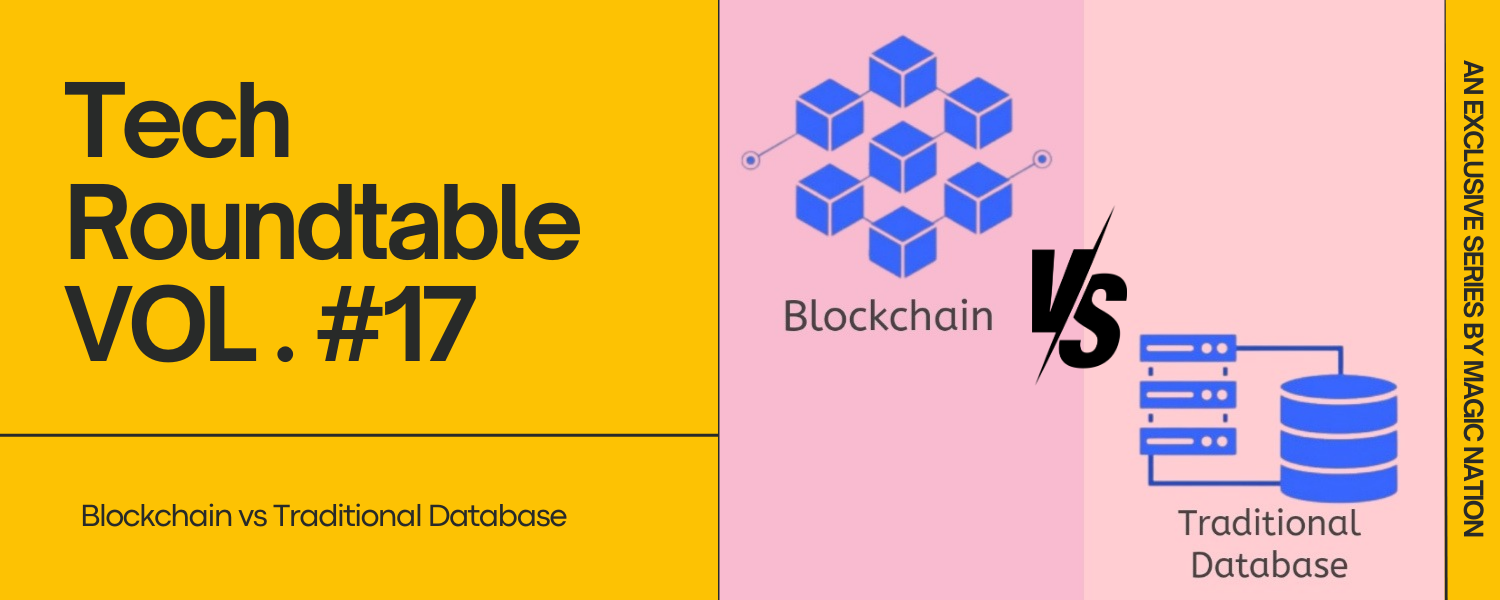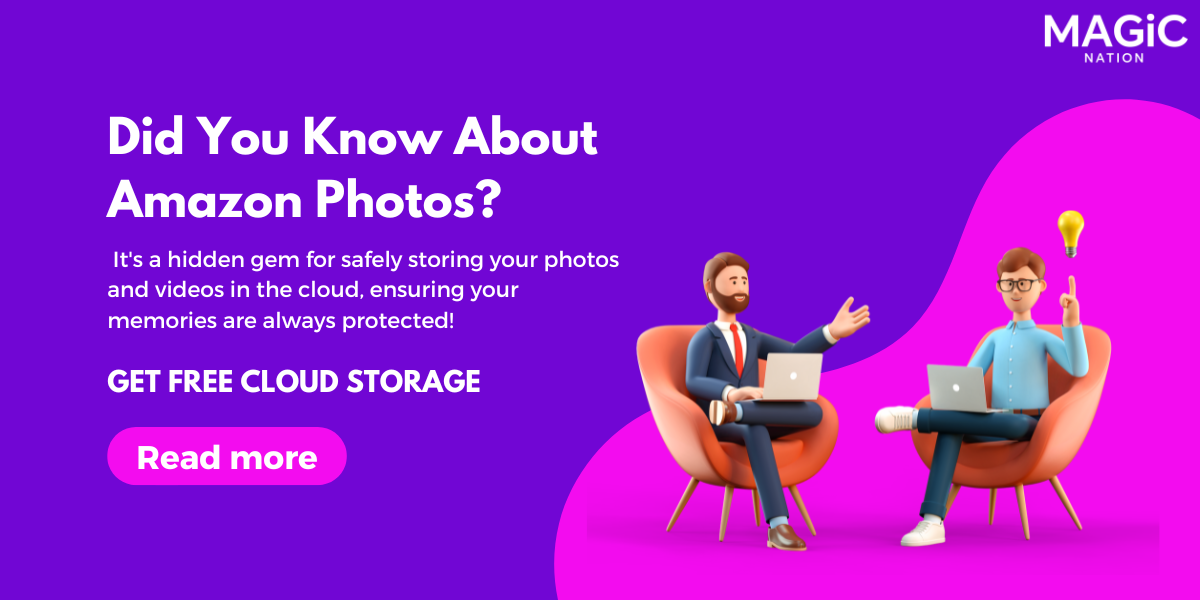I hope you're all doing well and making use of the tech and entertainment content the Magic Nation community has to offer.And those who eagerly await the outcome of the recruitment process must be holding onto the possibility of joining this fantastic and expanding community.You must have read a news story in the last month about TRAI, a government-backed body, expressing a wish to give users the option of recognizing the caller by their registered name in accordance with the identity documentation presented by them when purchasing the connection. Briefly put, or in layman's terms, this was an effort to stop caller identification services like
Truecaller and many others, about which we don't feel secure disclosing our data.Now, the telcos in our nation, to whom
TRAI solicited their opinions, have expressed some concern about this. Therefore, today in this piece, I'll provide the entire background to this story and would also be grateful to hear your ideas and suggestions.Let's first explore Caller Name Presentation
(CNAP), which is what TRAI called this.
The Idea of CNAP
Users of CNAP can find out who is phoning them by using this feature. The fundamental premise is that individuals can respond intelligently to calls if they are aware of the caller. Additionally, a tool like this would make it easier to stop spam calls and other forms of harassment. At the moment, several applications, like Truecaller, provide a comparable feature. But each one of them uses data gathered from users and is a third-party app.

Ways to Implement
In order to facilitate the Calling Name Presentation (CNAP) process, TRAI has recommended four models:
 First Model:
First Model: It entails the creation and maintenance of a CNAP database for each
telecom service provider (TSP subscribers) base.In this case, the caller's TSP would need to pull the pertinent information from its own database.This would then be transmitted to the TSP of the possible recipient and presented to the user.
Second Model: The receiver's operator and the calling entity's operator both have access to the same CNAP database.In this case, the calling operator would grant the receiver's operator access to its database in order to retrieve the caller's CNAP information.Additionally, operators could use their own mobile number portability databases.
Third Model: It envisions the management of a central database by a third party.The one is on the receiver's operator to search the central database for the caller's data and convey it.TSPs would have to notify the database when adding new subscribers or deactivating ones that are already there.
Fourth Model: Each TSP would need to keep a copy of a synchronized central database run by a third party and maintain a CNAP database.
Concern Expressed by Telcos
There are many more, so let's get into the specifics of the most recent Telcos response, which focuses on two aspects in particular: privacy and the technical setup and process required to execute this.
*Latency- In some models, there may be a little increase in the time needed to set up calls. The first and fourth models don't need to work together with other parties. They should be faster than the third model as a result. If both the caller and the receiver employ the same operator, the call setup time for the second model would be sped up. If the operators differ, the time will be slightly longer.
*Privacy- According to the Cellular Operators Association of India (COAI), a trade organization that represents all three telcos, "given that handset manufacturers and Operating System (OS) providers have control over the data obtained through the CNAP facility, this could result in the breach of subscriber data privacy as the manufacturers of mobile devices and OS providers would amass subscriber data for the entire country."
*Telemarketing/Promotional Calls- Telemarketers signed up some remote workers after COVID-19, and these workers were given SIM cards that were registered to them personally rather than to a specific business. As a result, they avoid the restrictions on promotional calling when they phone a potential consumer because it appears to be a personal call.

How do I see it..??
Well, from my perspective, it will be difficult to implement, considering the technological issues and privacy concerns. Another challenge is the large number of users in India who still use key-pad and feature phones; it would take some time to convert them.The next step will depend on TRAI's response, which is now in the driver's seat.What do you guys think? Are you impressed by the concept proposed by the TRAI, or are you more worried about privacy issues and other loopholes? Let's conduct a poll to decide. This concludes our discussion of CNAP for the day. I sincerely hope I was able to give you a clear understanding of it. If you have any questions or comments, please leave them in the comments below; I'd be happy to answer them.Happy weekend, and until then, see you in the next post. In the meantime, let me look into something fascinating for you people.Many thanks
Vaibhav Rana
 First Model: It entails the creation and maintenance of a CNAP database for each telecom service provider (TSP subscribers) base.In this case, the caller's TSP would need to pull the pertinent information from its own database.This would then be transmitted to the TSP of the possible recipient and presented to the user. Second Model: The receiver's operator and the calling entity's operator both have access to the same CNAP database.In this case, the calling operator would grant the receiver's operator access to its database in order to retrieve the caller's CNAP information.Additionally, operators could use their own mobile number portability databases. Third Model: It envisions the management of a central database by a third party.The one is on the receiver's operator to search the central database for the caller's data and convey it.TSPs would have to notify the database when adding new subscribers or deactivating ones that are already there. Fourth Model: Each TSP would need to keep a copy of a synchronized central database run by a third party and maintain a CNAP database.
First Model: It entails the creation and maintenance of a CNAP database for each telecom service provider (TSP subscribers) base.In this case, the caller's TSP would need to pull the pertinent information from its own database.This would then be transmitted to the TSP of the possible recipient and presented to the user. Second Model: The receiver's operator and the calling entity's operator both have access to the same CNAP database.In this case, the calling operator would grant the receiver's operator access to its database in order to retrieve the caller's CNAP information.Additionally, operators could use their own mobile number portability databases. Third Model: It envisions the management of a central database by a third party.The one is on the receiver's operator to search the central database for the caller's data and convey it.TSPs would have to notify the database when adding new subscribers or deactivating ones that are already there. Fourth Model: Each TSP would need to keep a copy of a synchronized central database run by a third party and maintain a CNAP database.


